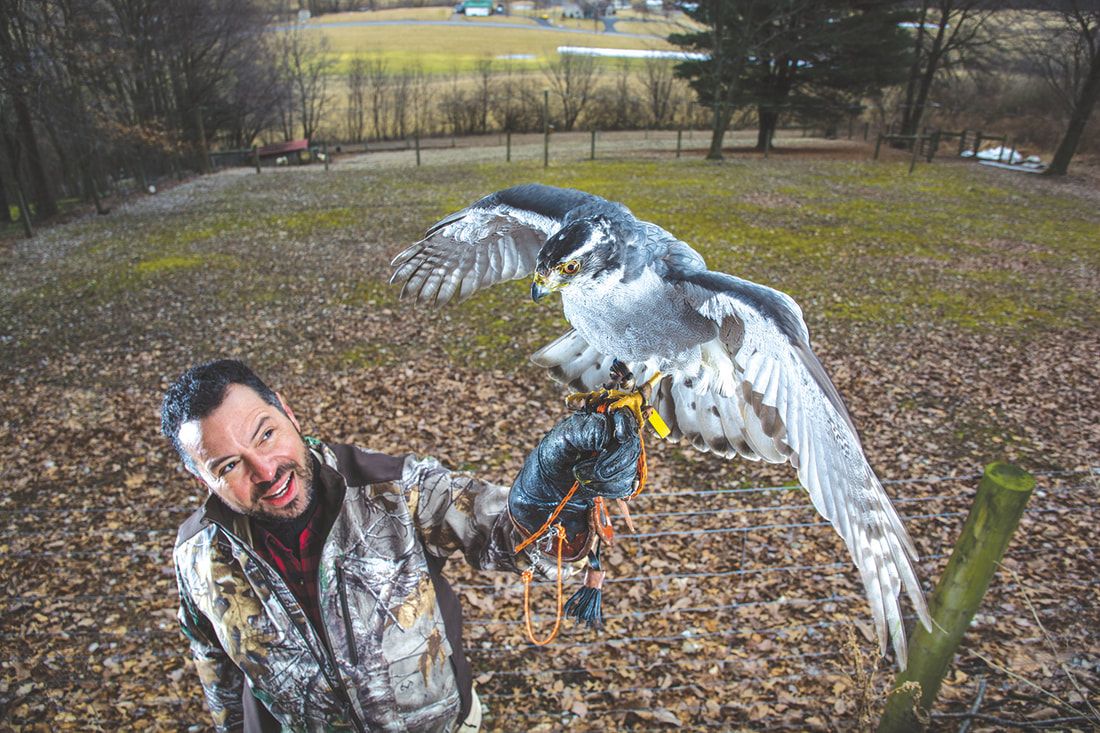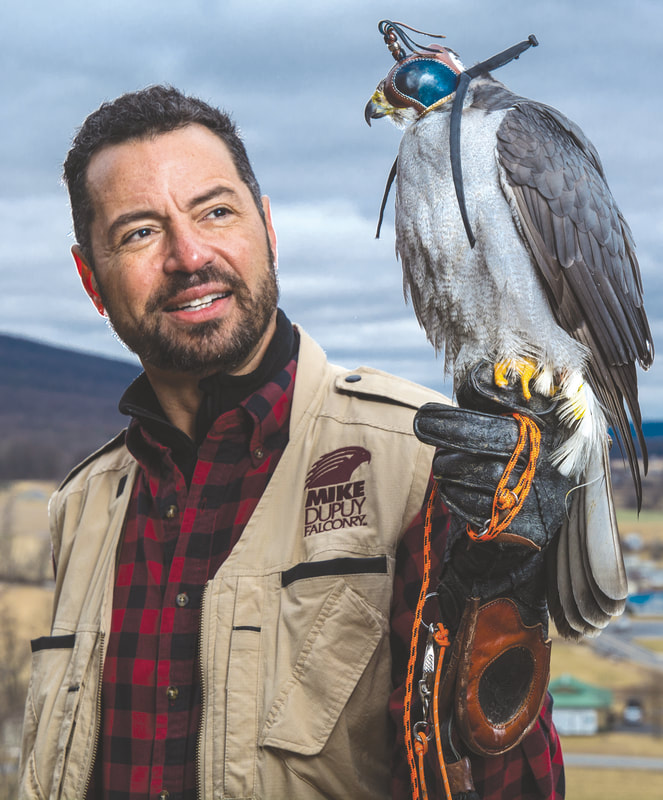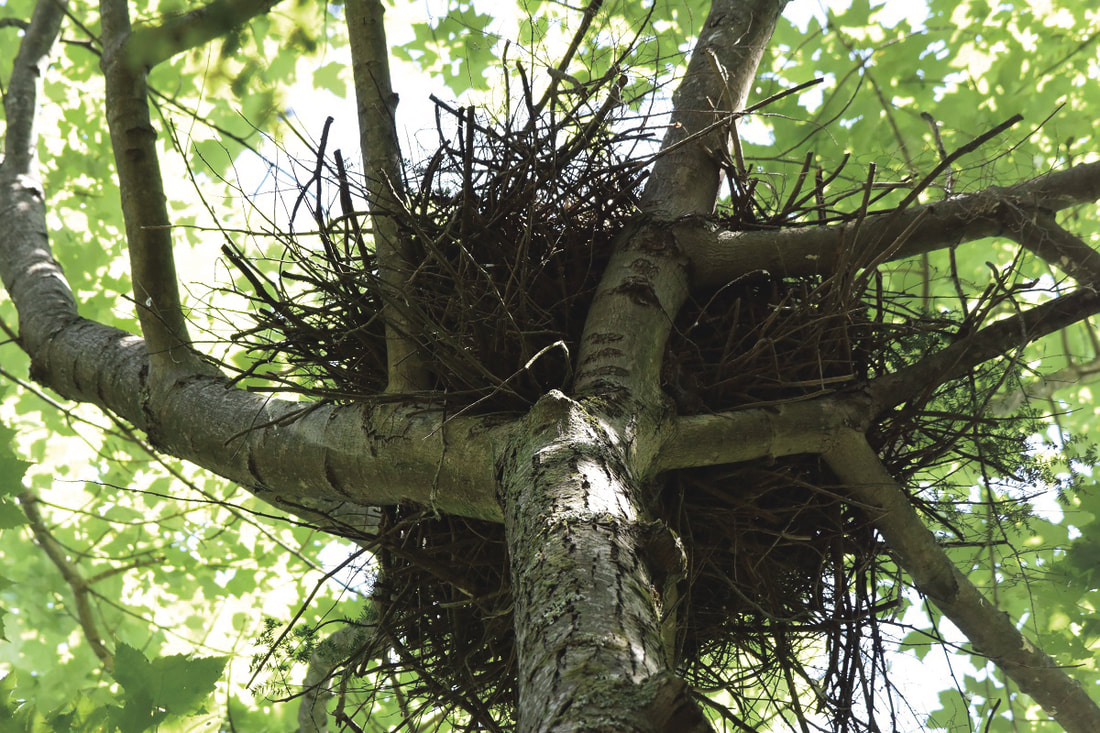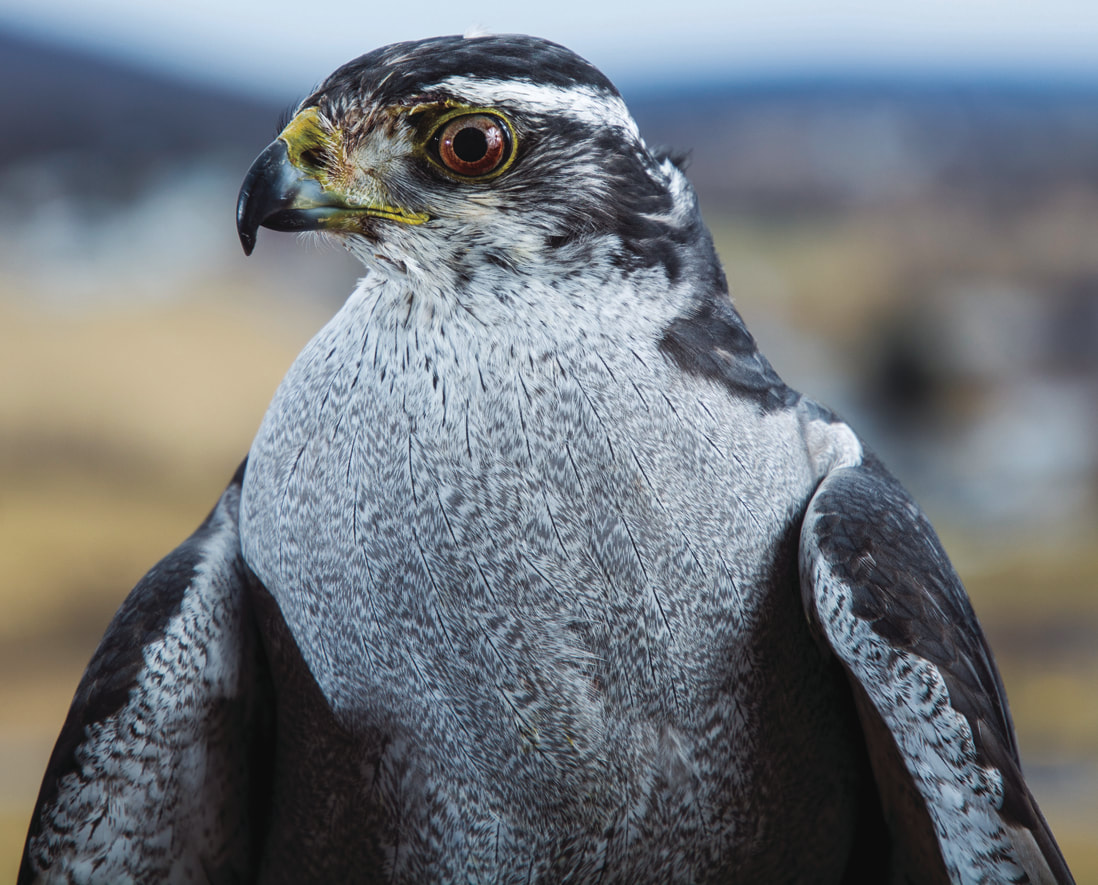|
Of all the birds of prey found throughout Pennsylvania, the Northern Goshawk may be the most elusive — not a surprise for a bird nicknamed the “ghost of the forest.” Which is why Mike Dupuy, executive director of the newly formed Goshawk Society, is offering incentives to turkey hunters and others who are outdoors this spring for their help. “I am hoping with this organization to engage the help of others, who I might be able to infect with my passion for this,” he said. “I plan to hit the road soon and be out quite often over the next month or so.” The program, called “Hunters Helping Hunters Perform Research,” encourages people to submit reports of goshawk sightings via an email address (sighting@goshawksociety.org) or QR code that links to a submission page on the group’s website (goshawksociety.org). People can also submit a text directly to 301-633-8355.
3 Comments
5/11/2020 07:38:47 pm
This is not a legitimate conservation biology survey. A coalition of organizations have been studying Northern Goshawks in Pennsylvania together with Hawk Mountain hosting the public outreach recently. These organizations include Hawk Mountain Sanctuary, Penn State University, the PA Biological Survey, PA Game Commission PA Department of Conservation of Natural Resources, and the Allegheny National Forest. https://www.hawkmountain.org/conservation-science/active-research/raptor-conservation-studies/northern-goshawks
Reply
Leave a Reply. |
AuthorsRiverkeeper John Zaktansky is an award-winning journalist and avid promoter of the outdoors who loves camping, kayaking, fishing and hunting with the family. Archives
April 2024
Topics |





 RSS Feed
RSS Feed